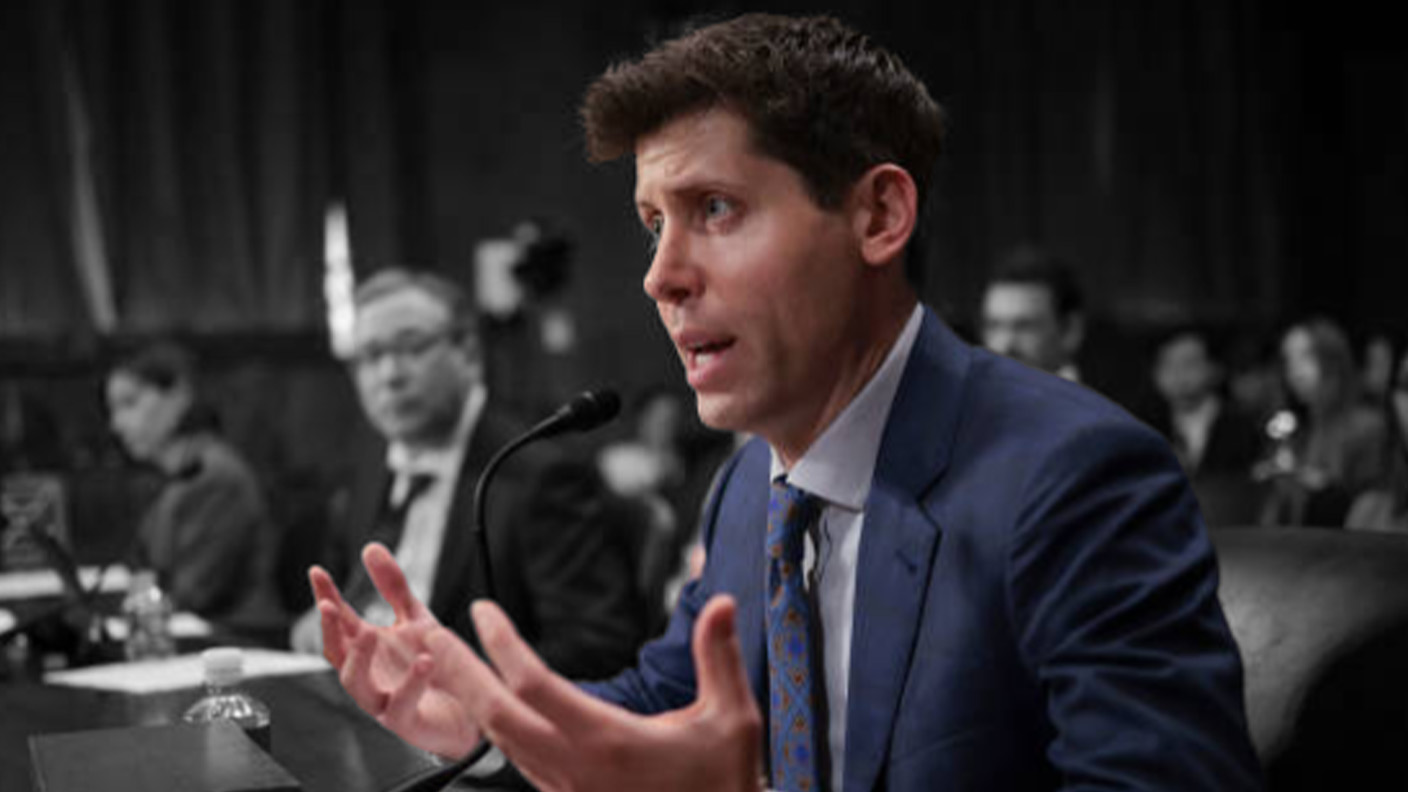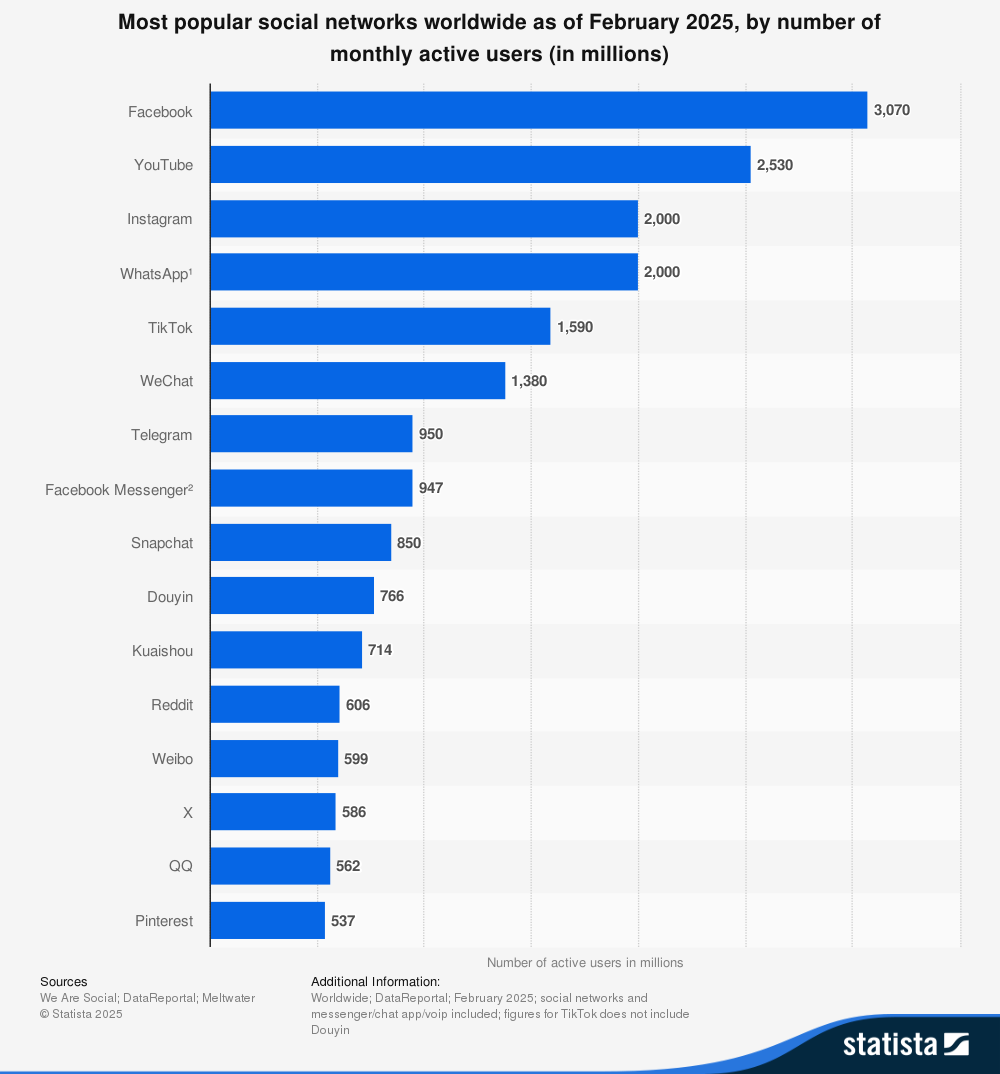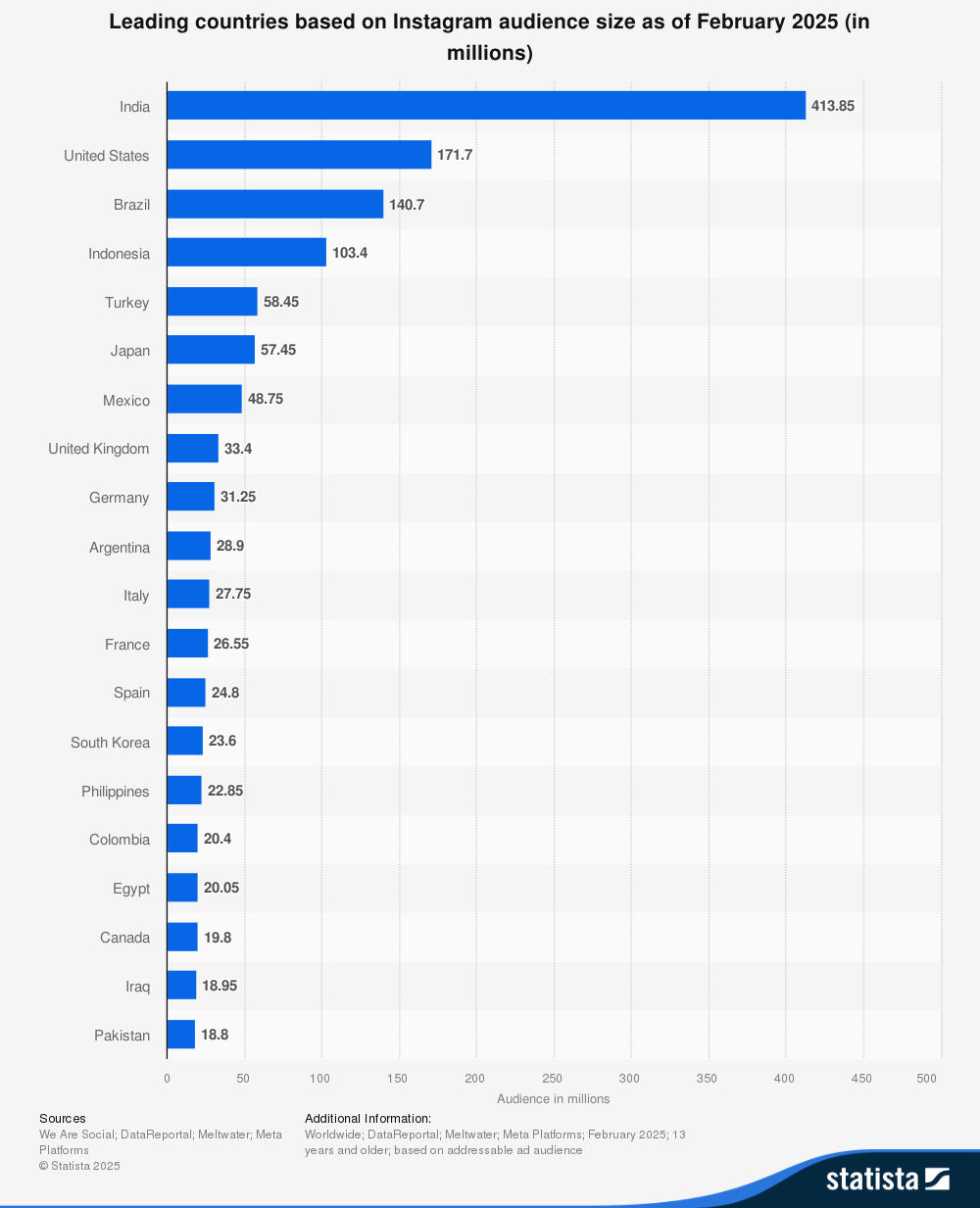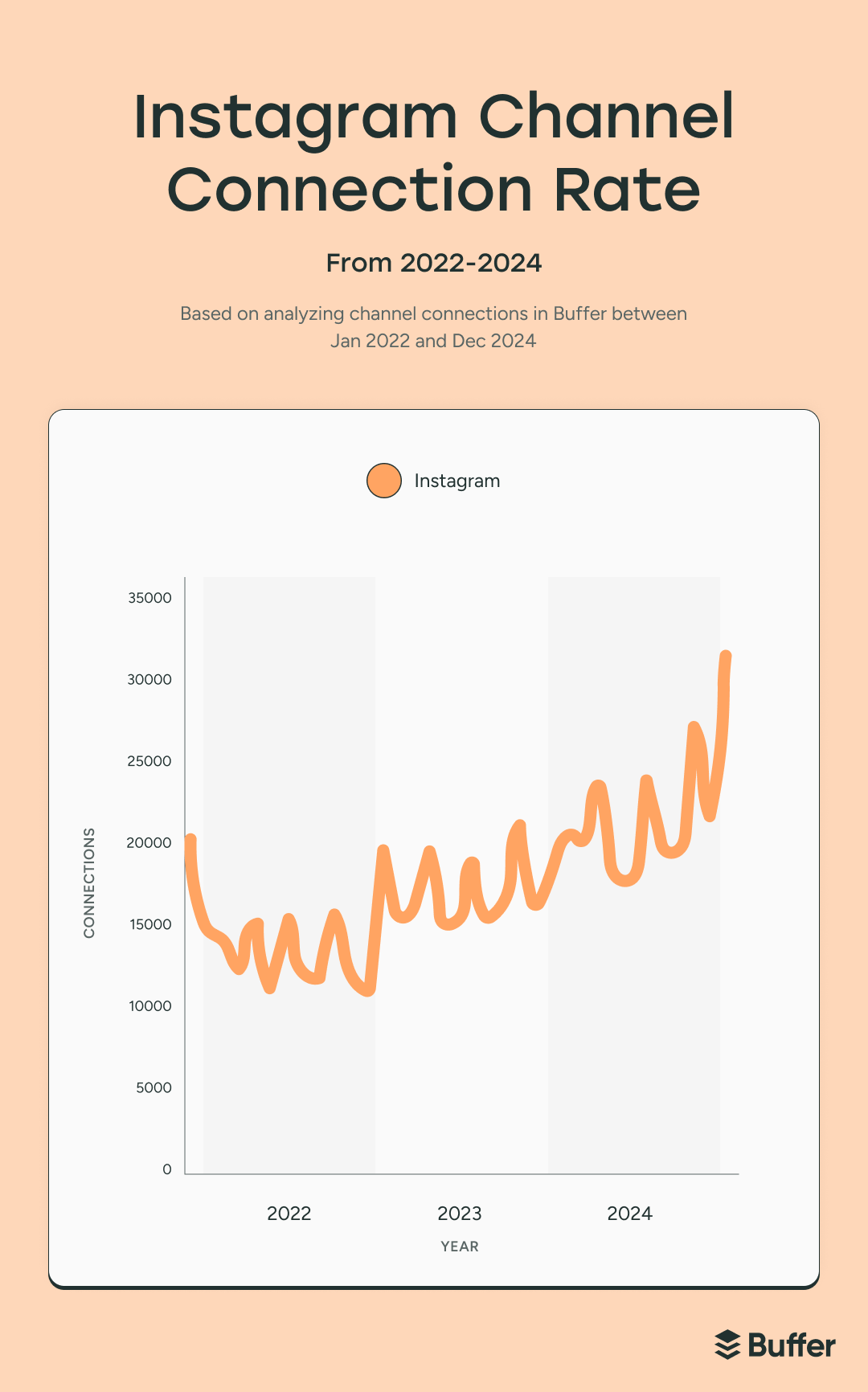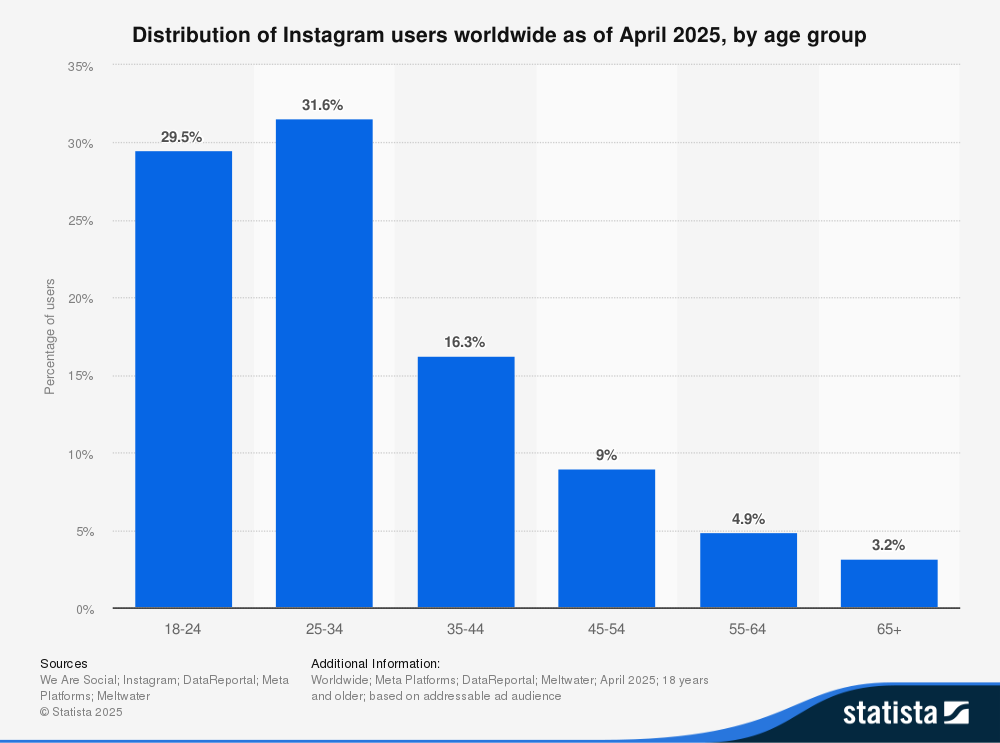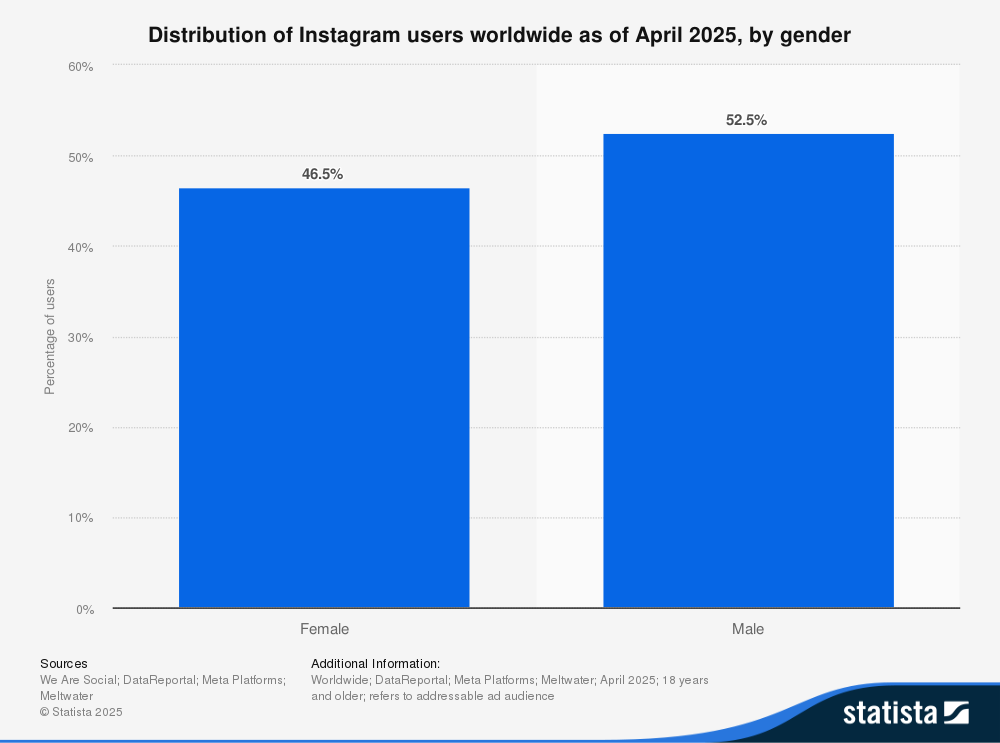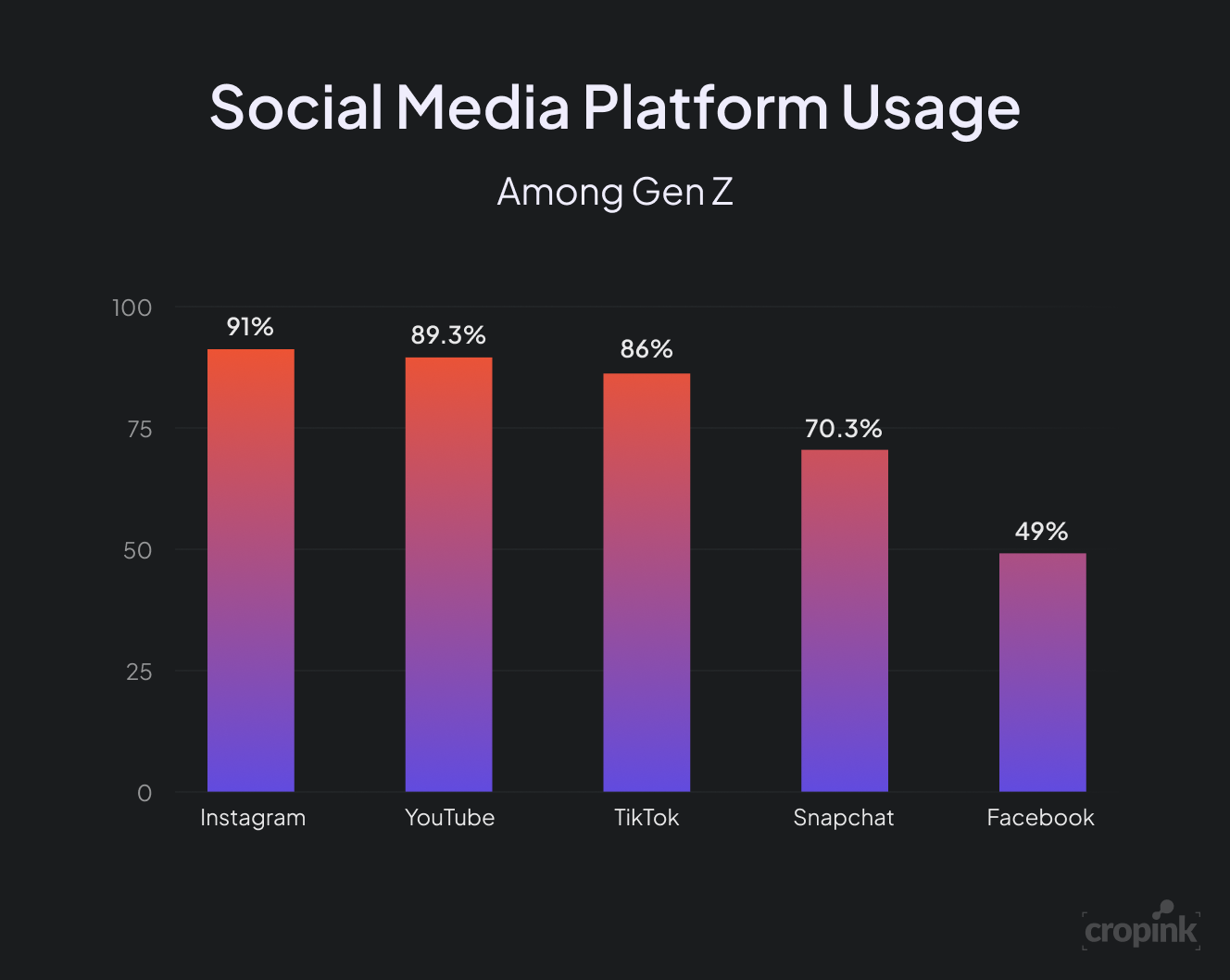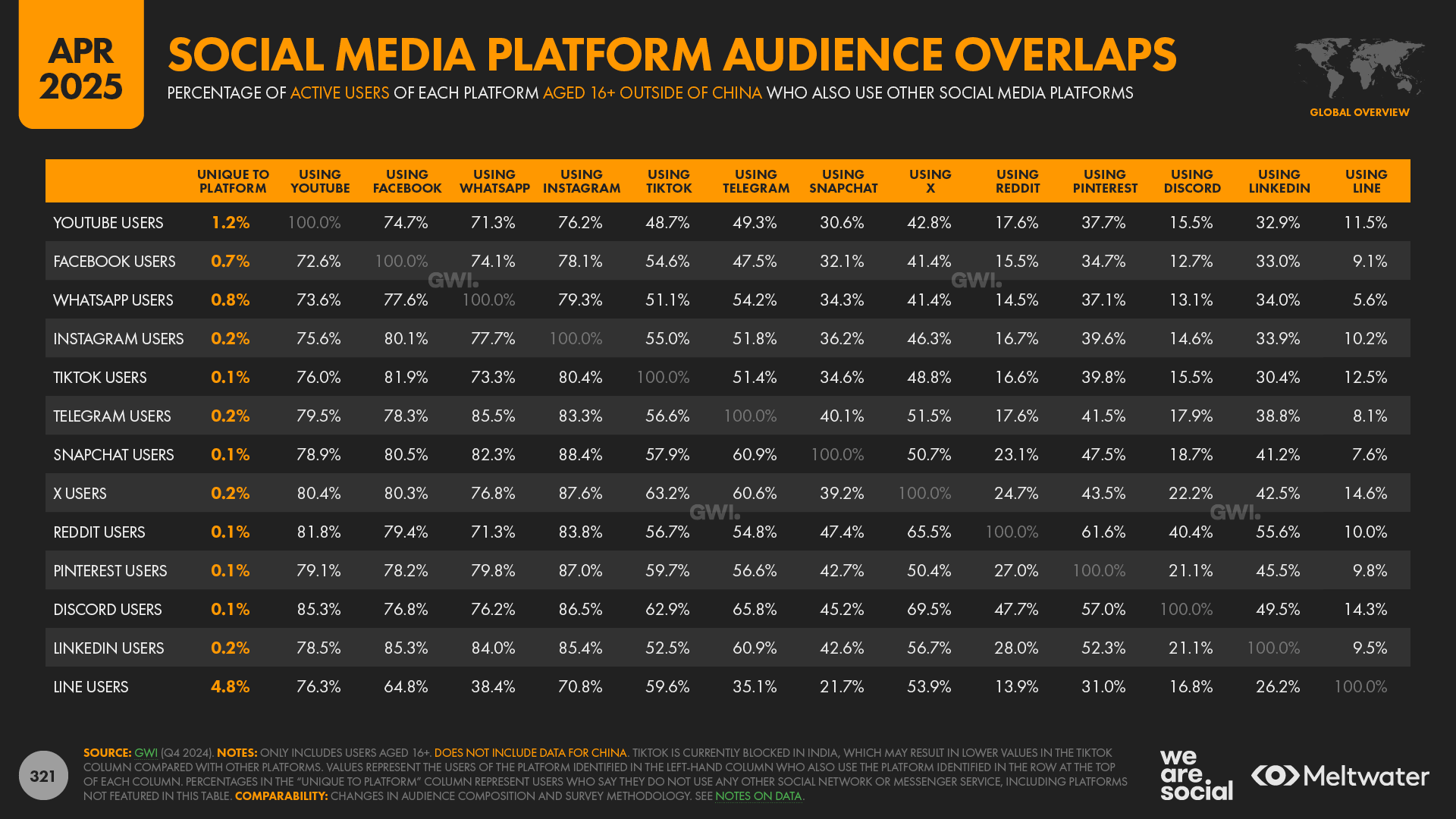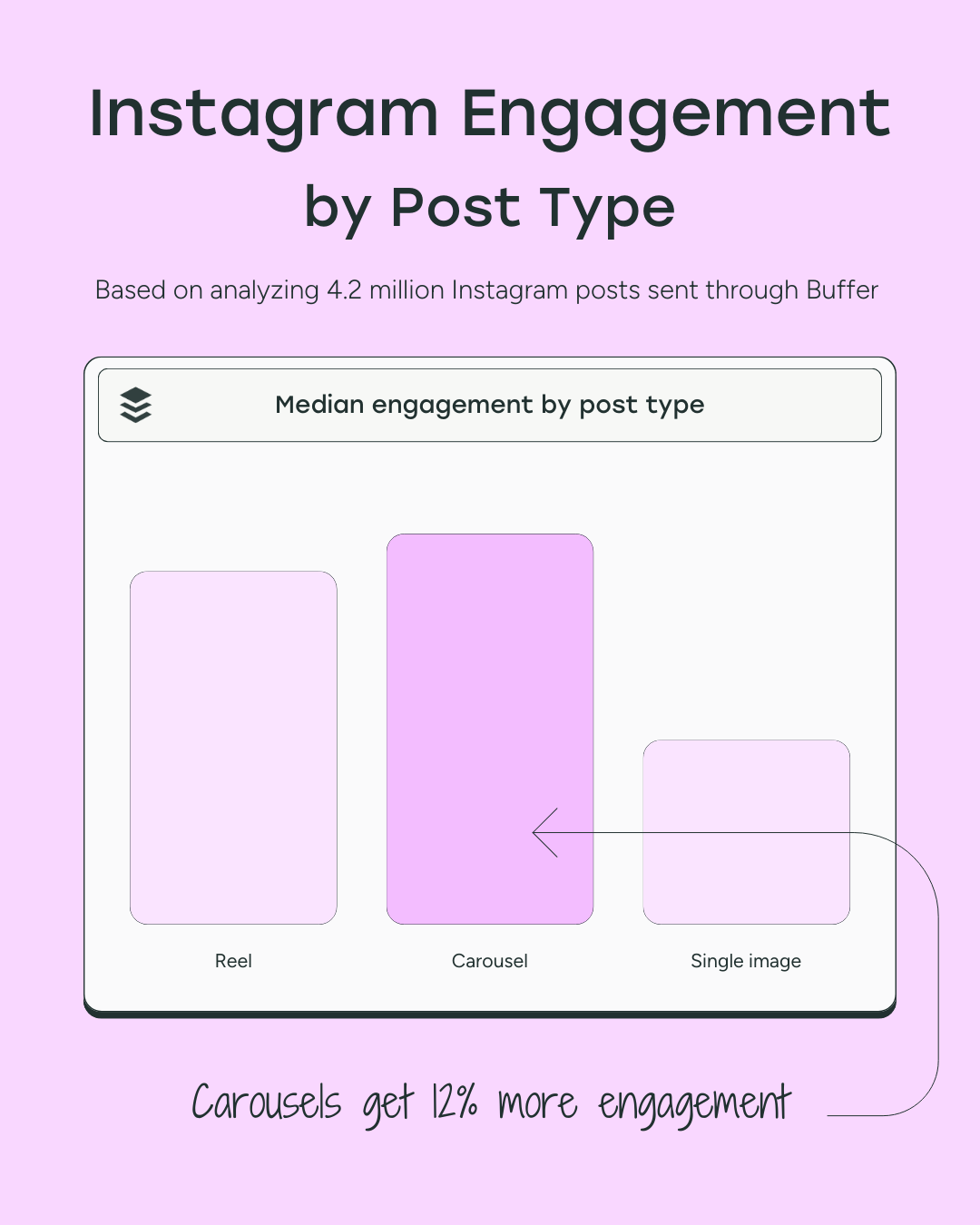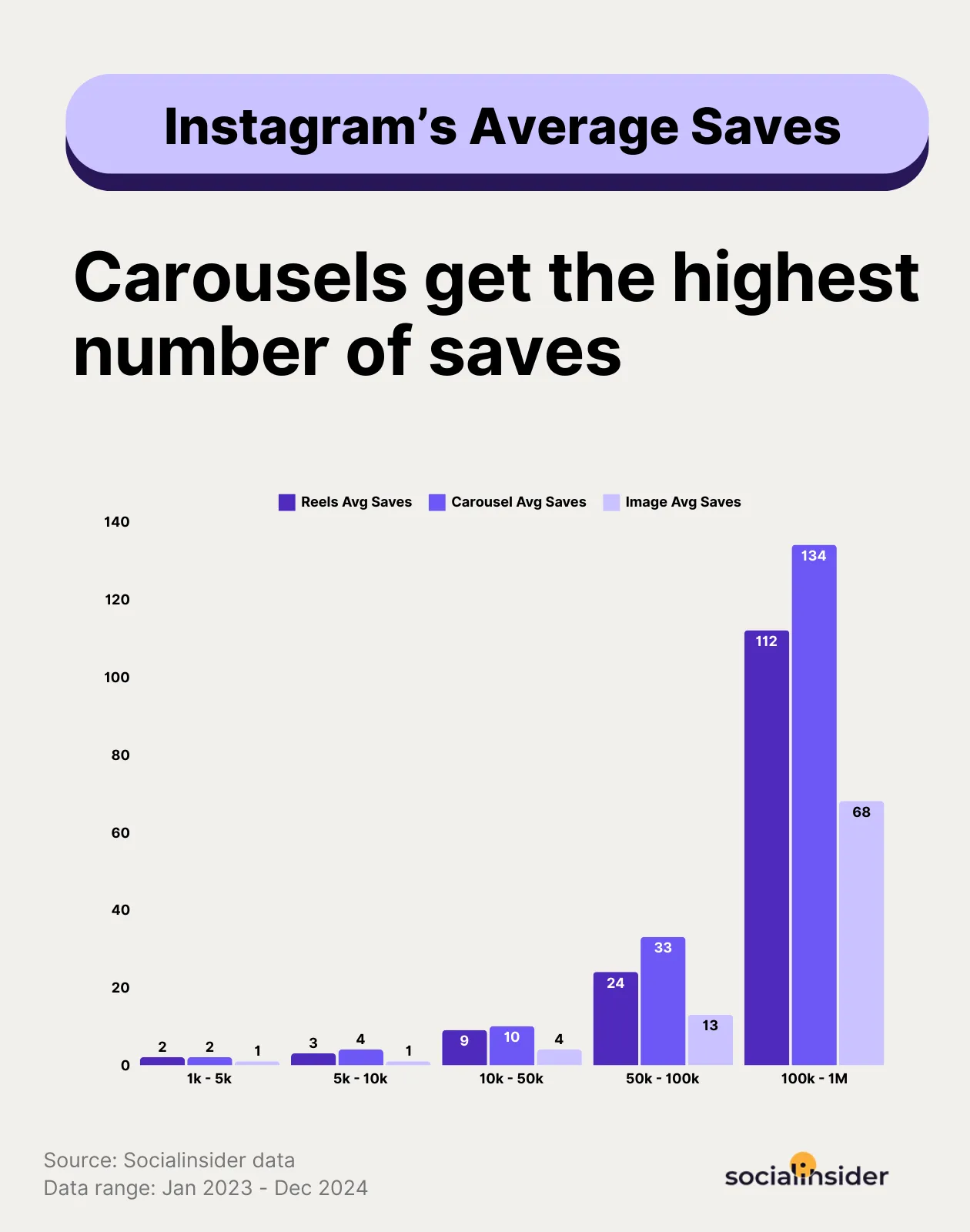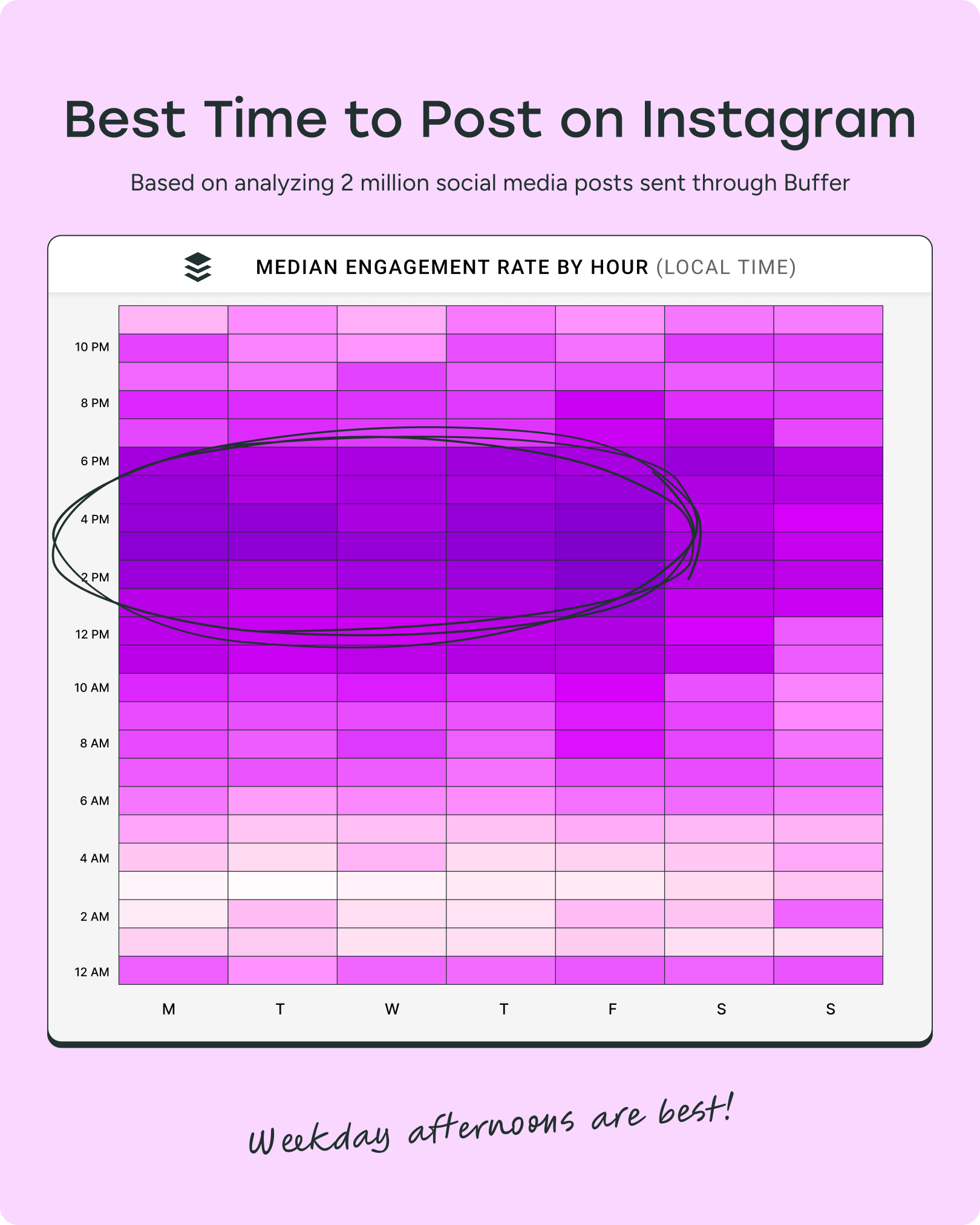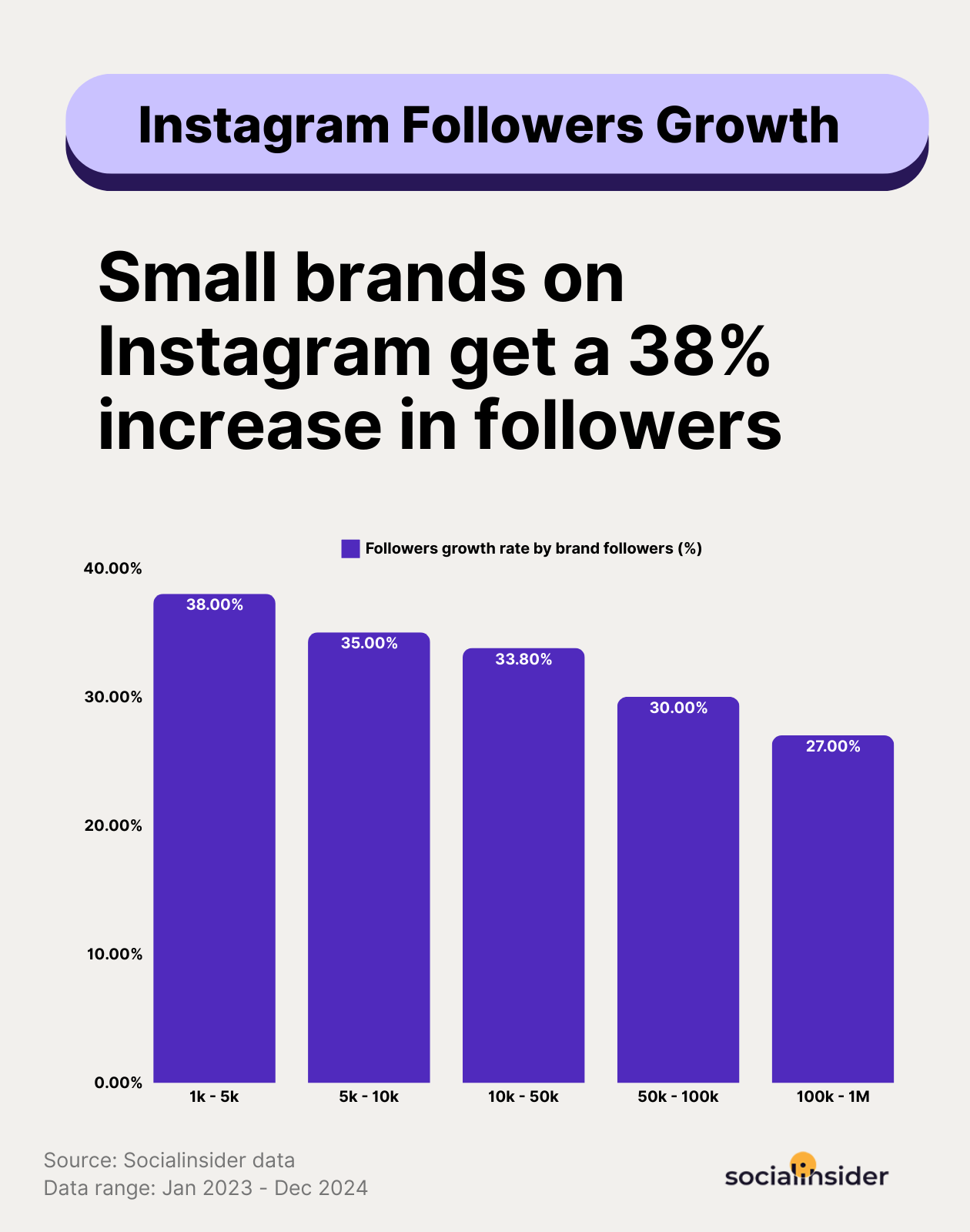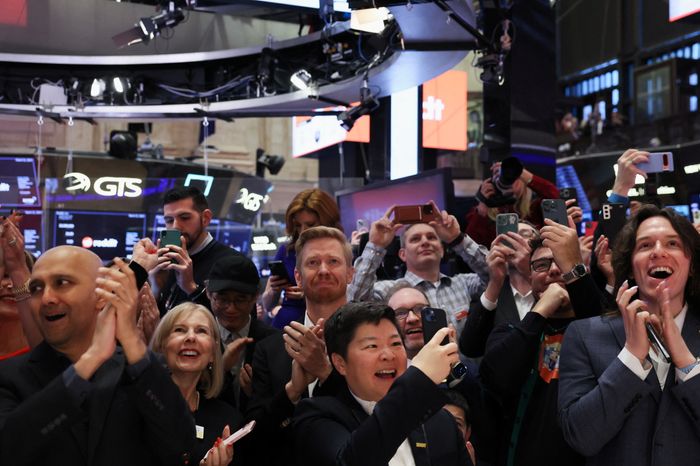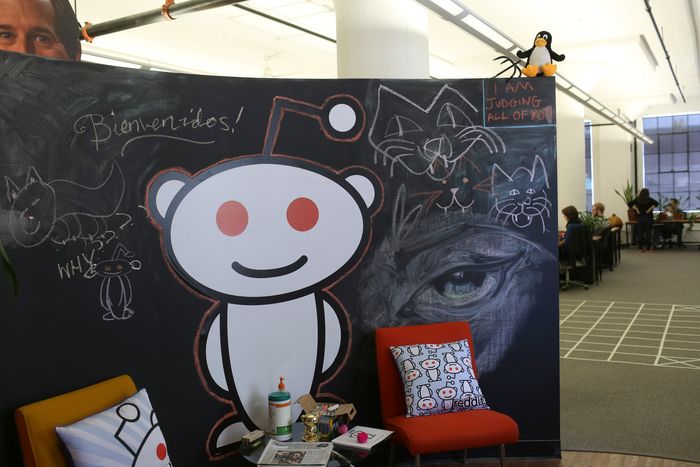AI chatbots are not created equal. Chatbot developers at competing companies often place a different emphasis on what gets suggested, the sources that are used, and how they intend the user to act on the information presented. In a new report, SEO consulting firm BrightEdge dove into the differences between Google’s AI Mode and ChatGPT. While both gave similar responses to basic comparison questions, they took different tactics when users asked for actions.
“AI search is no longer one thing—it’s splitting into at least two distinct philosophies,” BrightEdge founder and CEO Jim Yu says in the report.
When asked for advice to accomplish a certain task, BrightEdge found that Google tends to surface more things to read and learn from. ChatGPT, meanwhile, often suggests tools and apps to do the task. For example, with a prompt asking how to find a doctor, Google provided directions to a hospital. ChatGPT suggested users try Zocdoc, an app with medical professional listings and information. When asked how to learn Python, Google directs users to GitHub and Medium blogs, while ChatGPT suggests online course site Udemy. And a query on how to make a budget has Google sending users to NerdWallet research and blog posts, while ChatGPT suggests financial apps including Mint and YNAB.
BrightEdge also looked into the differences between results from Google’s AI Overviews—the curated information that shows up at the top of several search result pages—and Google AI Mode—the new button to the right side of the search bar. AI Overviews are constantly changing, but showcase brands in 43% of queries. They also can include 20 or more inline citations. AI Mode, on the other hand, surfaces brands in 90% of its responses, and it’s 3.8 times more likely to feature a unique brand.
What does all of this mean for marketers? As a practical matter, you should continue to hone your AI strategy. It’s time to go deeper than just having content. How does your content show up in an AI search, and what do you want users to do once they find it? Should you concentrate on broad content that helps others learn, actionable solutions, or both? It’s also important to remember that the number of people searching on a particular platform can shift. Search leader Google is quickly rolling out AI Overviews, but AI Mode may become more of a default option. And ChatGPT could see its search fortunes grow through strong performance or a well-placed agreement with an operating system, browser or device.
Regardless of how people find content online, once it’s out there, it can serve as content for everyone in the world—part of a global content strategy. There are many nuances between a winning global strategy and a successful local one. Nataly Kelly, CMO at market research platform Zappi, recently co-authored a book about it with Katherine Melchior Ray titled Brand Global, Adapt Local: How to Build Brand Value Across Cultures. I talked to Kelly about the two strategies. An excerpt from our conversation is later in this newsletter.
BIG DEALS
The long-pending $8.4 billion Paramount-Skydance merger was approved by the Federal Communications Commission on Thursday following several actions that suggested the new combined company would further the interests of President Donald Trump. Right before the merger went through, Skydance Media said in FCC filings that it would conduct a comprehensive review of Paramount-owned CBS News, which would include adding an ombudsman to evaluate “any complaints of bias.” Skydance also announced it would end any diversity, equity and inclusion programs—including removing goals to hire a certain number of women and minorities. The company said new management for Paramount would guarantee news and entertainment embody “a diversity of viewpoints across the political and ideological spectrum, consistent with the varying perspectives of the viewing audience.”
In recent weeks, Paramount has taken other steps that Trump praised, purportedly in the name of getting the FCC’s approval for the merger. The company paid $16 million to settle a lawsuit the president filed against CBS News, which claimed that the editing of a 60 Minutes interview with former Vice President Kamala Harris improved the way she sounded. Days after the settlement, which The Late Show host Stephen Colbert called “a big fat bribe,” Paramount announced it was cancelling the long-running show next May. While Paramount said the decision was purely financial, critics speculated it was because Colbert is a frequent Trump critic.
In remarks to CNBC, Trump-appointed FCC Chairman Brendan Carr said the deal shows that “President Trump is fundamentally reshaping the media landscape,” writes Forbes senior contributor Andy Meek. Journalists and critics agree, especially because it appears that some of CBS’s independence might be erased in the merger. However, the deal also includes Comedy Central, which features news and political commentary program The Daily Show. Also on Comedy Central is South Park, which skewered Trump and the Paramount-Skydance deal in its season premiere last week, the first episode in a five-year deal that made the show’s creators Trey Parker and Matt Stone billionaires, writes Forbes’ Matt Craig.
The merger, scheduled to be finalized next week, will put movie producer David Ellison on top of the mega media company. Ellison’s father is centi-billionaire and Oracle cofounder Larry Ellison, who controls the majority of voting and equity shares in the holding company acquiring the majority stake in Paramount, writes Forbes’ Phoebe Liu.
IN THE NEWS
Luxury brands have seen sales slowing across the board for the last year, so it’s not especially surprising that conglomerate LVMH reported a decline in sales for the first half of 2025. Forbes contributor Mari Sato writes that analysts expected LVMH’s first-half sales growth to drop more steeply—it was down only 3%, as opposed to a projected 7%.
However, the overall sales decline was driven by the fashion and leather goods segment, which generated about half of LVMH revenues last year, writes Forbes senior contributor Pamela Danziger. Danziger writes that the luxury conglomerate is likely to press forward with new innovations and an increasing focus on quality. Christian Dior and Loewe recently added new fashion directors, who might be able to pull up sales once they become more influential in the brand collections, while Louis Vuitton has the opportunity to improve quality at lower price levels. Dannziger writes that LVMH CEO Bernard Arnault told the Wall Street Journal that adversity tends to be a catalyst for luxury innovation: “In periods when the economic climate is more difficult, when the market slows down, which is the case today, we tend to come out stronger.”
SOCIAL MEDIA
As new regulations aimed at stopping foreign interference in elections are set to go into effect in the EU, Facebook and Instagram parent Meta has decided to stop serving political, electoral and social advertising on its platforms there, writes Forbes senior contributor Emma Woollacott. Meta said the decision “won’t prevent people in the EU from continuing to debate politics on our services, or stop politicians, candidates and political office holders from producing and sharing political content organically. They just won’t be able to amplify this through paid advertising.”
The new regulation goes into effect in October, and deals with transparency and targeting of political advertising around elections and EU or member state legislation. Under the new law, political ads require a transparency notice, and targeted ads are only allowed if an individual user has given explicit consent.
Last year, Google decided it would also opt out of political ads in the EU because of the new law. The company said the law defines political advertising too broadly, and that there’s no reliable election data that can accurately identify all of the ads and campaigns that may be subject to the law.
ON MESSAGE
Why There’s No Such Thing As Just One Marketing Strategy
Today, many products and brands are expanding to global consumers, and marketers should take note of the competitive landscape and consumers in each market. Market research platform Zappi CMO Nataly Kelly recently published Brand Global, Adapt Local: How to Build Brand Value Across Cultures with storied marketer and UC Berkeley lecturer Katherine Melchior Ray, which analyses this issue. I talked to Kelly about what CMOs need to know. This conversation has been edited for length, clarity and continuity.
How are cultural touch points and localization strategies important?
Kelly: It’s really important to have the ability to adapt—the freedom within the frame. But then knowing how exactly you adapt is about getting close to your end customer in each market. A lot of brands rely on local agencies or team members to channel what the customer wants, because every market is slightly different: ‘Customers in this market really like this flavour, or this colour, or we’re not going to launch that campaign on that day because that’s a bad luck day in this market.’
It’s down to the detail of what do customers really value in that market? What’s our competitive situation in that market? And also, what is our goal in that market? Your goal is not always the same in every market. Even though ultimately our goal as marketers is to help drive sales and revenue for products, it might be slightly different in each country because it might be: This product is doing well, but this one isn’t, and we need to increase sales of that specific product, whereas in another country that might be your flagship. The local strategy has to tie to the local business goal and how it rolls up to the global strategy.
It gets very complex inside companies when they are trying to determine how to map the global strategy to the local ones. That’s where communication breakdowns often happen. But staying close to the customer is the ultimate best practice.
Asking the customer directly is the No. 1 best way to get feedback. I happen to be a little biased here because I work for a consumer insights firm, and that’s what we do. We help our customers in many markets capture feedback and data directly from consumers all the time. The No. 1 way to succeed in any market, whether it’s local or global, is to be customer led, customer driven, and really at the heart of where your customers are.
Companies have had to manage the dynamic between global and local strategies for decades, but now we’ve got social media, creators and everything immediately being everywhere. How has that changed what marketers need to do?
I talk a lot with my own team customers about marrying offline and online. As we are digitizing, online is becoming more important, whether it’s mobile apps, social media, or influence. Where you are commercializing your product, and where are you engaging with customers. The number of spaces has dramatically increased. It’s multiplying like gremlins. The more of those we have, the more complex it gets for marketers.
When you’re online, you’re global first. When you’re offline, you’re local first because your physical presence on the ground matters more. But when you’re online, you have to think about global reach no matter what.
In my view, online requires global for strategies and offline requires local for strategies. But it’s not that they don’t also require each other at every touch point, because you are going to want to capitalize on local reach with TikTok, Instagram or whatever social channel you’re using. Those influencers have a local, targeted, curated following.
This marriage of online and offline—and local and global—is becoming very interesting and harder than ever for marketers to parse. It all comes down to segmentation, and knowing, ‘Okay, I’m using this influencer for this strategy. I know she’s very popular in the U.S. market, and I know that she’s got millions of followers.’
What a lot of marketers might not do is get the breakdown. What percentage of your followers are in the U.S.? What percentage are in Europe? What countries in Europe? What languages do they speak? What’s the engagement rate by market, by country? And you can determine: Is this a global play, or is it a U.S./U.K. play? Is it English-speaking markets only, or does this person speak Spanish, too? If so, maybe it’s the U.S. Latino market and Latin America because she’s got reach in multiple countries and languages.
There’s almost no such thing as one country and one language anymore, because the second you’re online, you reach a global audience. I often say it’s like throwing a rock in a pond: Are you going to throw it in a big pond, or are you going to throw it in a small pond? Are you going to throw a bunch of pebbles, or are you going to throw one big rock? It’s really about what kind of reach do we want? What kind of penetration do we want, and how are we going to make that happen?
What do marketers not know about global strategies, local strategies and how to make them work?
There are two things. The first is how different they need to be by market, as we all come with our own assumptions about our home market that we live in. People always assume that there’s more in common than there is, and they assume that things will work similarly when they might not. The No. 1 reason that they don’t work similarly is time in market. You almost always start in one market at a time. What ends up happening is the next market you go into, you’re at a different place in terms of penetrating that market.
You may be the No. 1 brand in your category in the U.S. market. People assume, ‘I’ll just take this exact campaign in the U.S. and put it in the Canadian market because it’s a smaller market and speaks the same language.’ Actually, there’s more than one language in Canada, and there might be very different buying behaviours there, and there’s different competitors there.
The second one is what I would call proximity bias. We are constantly seeing, hearing, watching the news, driving by advertising, walking on the street, and we forget that they’re part of our collective knowledge about our own country and local market. We just assume everybody else knows those things, and it’s underneath the waterline.
In the book, we have this concept of the iceberg of culture. On the top is the basics of culture: We speak different languages. We are in different parts of the world. It’s a different economy. But when you go underneath it, there’s all these other things, like: Who are the competitors in this market? What are the representations of gender in this market? How do people purchase things? What’s the right price point? Do they expect a freebie gift with purchase in this market versus another? I hear this all the time from friends who go to Korea or Japan: ‘I got two bags of free things and I only bought one product,’ whereas in the U.S., they’re very stingy about that.
COMINGS + GOINGS
- Workforce solutions firm ManpowerGroup tapped Valerie Beaulieu-James to be its first chief growth officer, effective August 1. Beaulieu-James joins the company after more than two decades at Microsoft in senior leadership roles, including chief marketing officer for Microsoft U.S.
- Precision component manufacturer NN, Inc. appointed Timothy Erro as its new vice president and chief commercial officer, effective July 22. Erro most recently worked as vice president of global sales and new business development for Commercial Vehicle Group, Inc.
- Enterprise software provider Appfire announced that Catherine Solazzo would be its chief marketing officer. Solazzo steps into the role after working in leadership for Syntax, Tech Data/TD SYNNEX, and IBM.
STRATEGIES + ADVICE
Social media is ablaze with controversy around American Eagle’s new jeans ads featuring actor Sydney Sweeney, with some saying the ads sound like they were written by a white supremacist, while others claim the controversy is proof people are “too woke.” Here are five lessons from the controversy to inform future marketing campaigns.
Professional wrestling icon Hulk Hogan died last week. His life and persona was a master class in branding. Here are some lessons you can learn from his decades of fame.
QUIZ
Nostalgia reigns supreme in the entertainment world. Which of these popular cartoons appealing to adults from decades past is returning with new episodes?
A. King Of The Hill
B. Daria
C. The Ren & Stimpy Show
D. Rocko’s Modern Life
See if you got it right here.
Feature image credit: Cheng Xin/Getty Images
By Megan Poinski
I’m a staff writer at Forbes writing the C-Suite newsletters. Previously, I was a reporter at Industry Dive covering CPG food and beverage and technology in the space. I have also worked as a homepage editor at The Washington Post, and was a reporter at The Virgin Islands Daily News.





